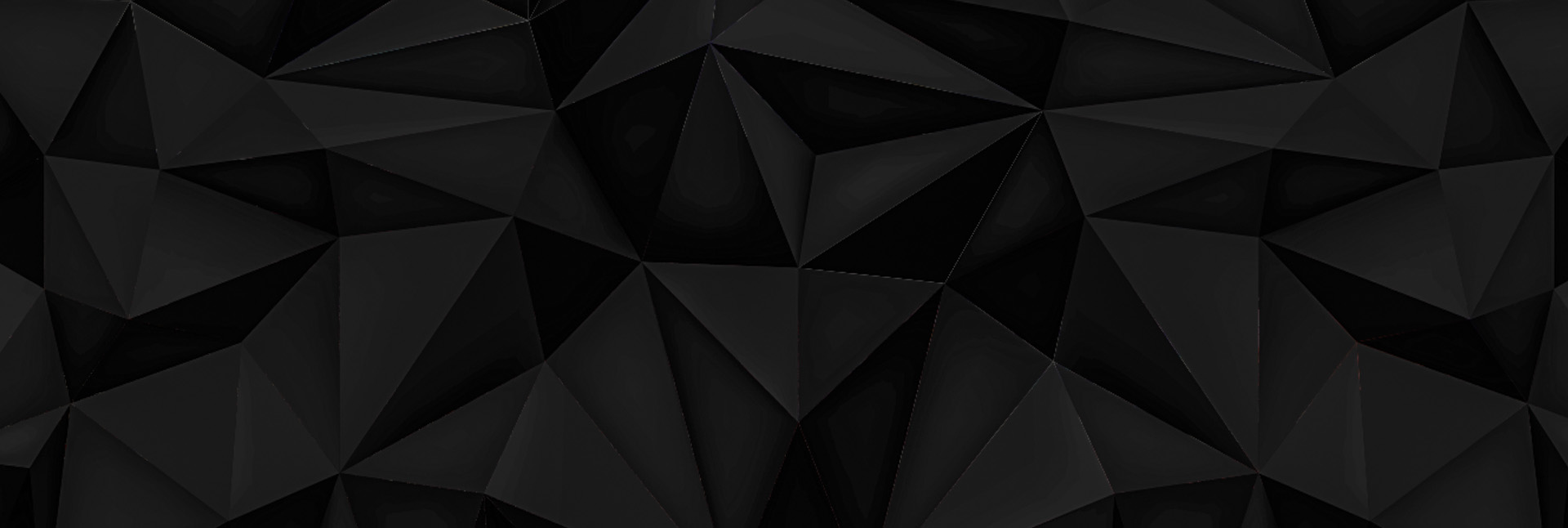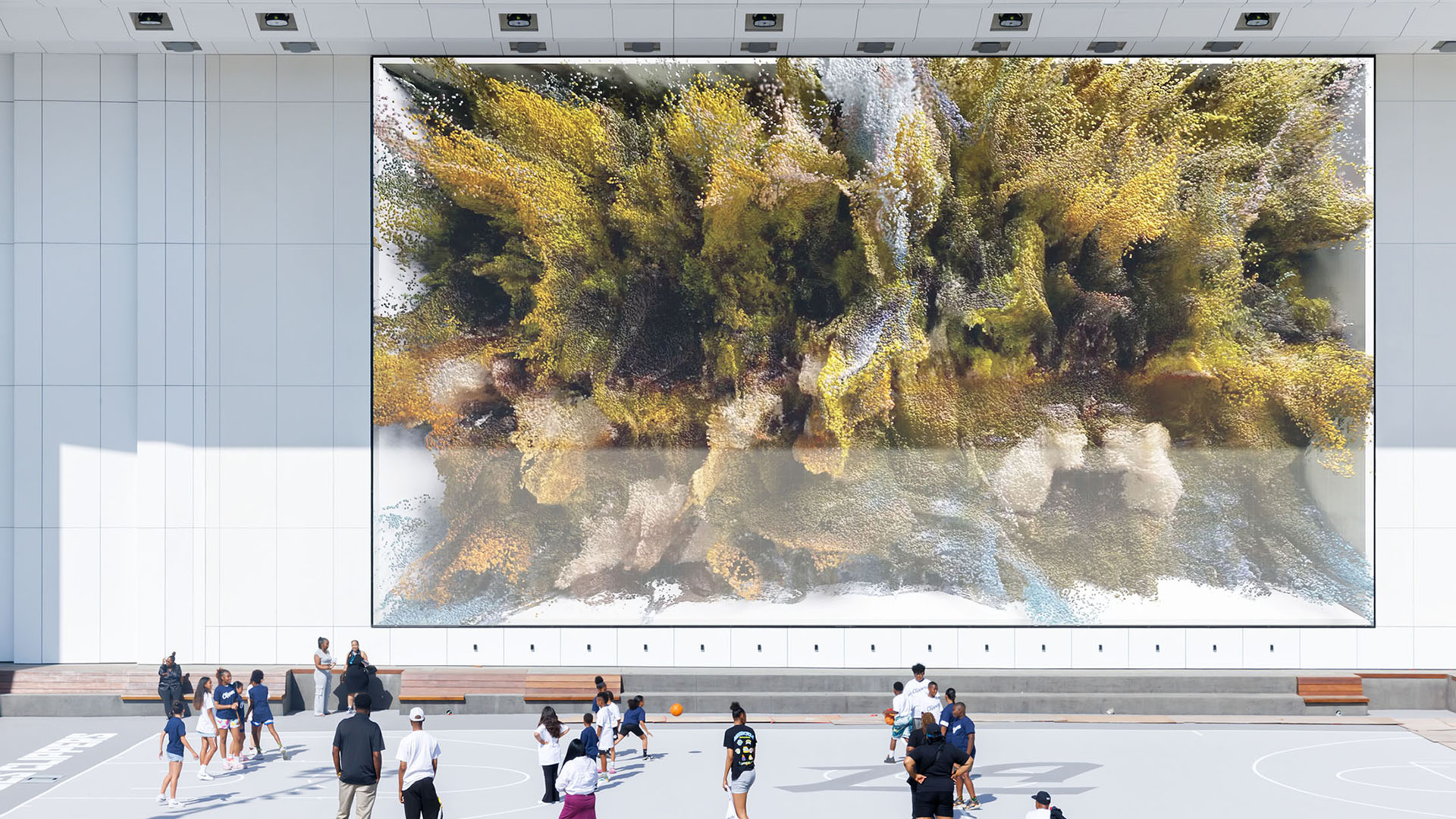
Refik Anadol
Living Arena
2014
Refik Anadol (b. 1985, Istanbul) AI data painting, duration: 16 min.; 40 x 70 ft. Commissioned by the LA Clippers





Refik Anadol’s Living Arena epitomizes the innovative merging of artificial intelligence and human creativity. Presented on a monumental LED screen at the Intuit Dome, this AI data painting transforms data into a multi-channel aesthetic experience. Anadol, renowned for his groundbreaking use of machine intelligence in art, collaborates with AI to narrate the dynamic relationship between architecture, technology, and the environment.
Living Arena unfolds in four poetic chapters: “Urban Dreams,” “Nature Dreams,” “Culture Dreams,” and “California Dreams.” Each chapter utilizes diverse data sources, from flight information and live weather data to historic player tracking from Clippers games and images of California’s national parks. This data-driven narrative showcases the vibrant, ever-changing essence of the Intuit Dome.
Through this work, Anadol invites the audience to explore the interactions between the built environment and natural forces, mediated by AI. Living Arena is a testament to the transformative power of cutting-edge digital art in capturing and reinterpreting the pulse of urban life.
—Pelin Kivrak, Refik Anadol Studio
About Refik Anadol
Refik Anadol (b. 1985, Istanbul) is an internationally renowned media artist, director, and pioneer in the aesthetics of data and machine intelligence. He is the director of Refik Anadol Studio in Los Angeles and a lecturer in UCLA’s Department of Design Media Arts. Anadol’s work locates creativity at the intersection of humans and machines. Taking the data that surrounds us as primary material, and the neural network of a computerized mind as a collaborator, his projects offer us radical visualizations of our digitized memories and expand the possibilities of interdisciplinary arts. Anadol’s site-specific data paintings and sculptures, live audio/visual performances, and immersive installations take many forms, while encouraging us to rethink our engagement with the physical world, collective experiences, public art, decentralized networks, and the creative potential of AI.













